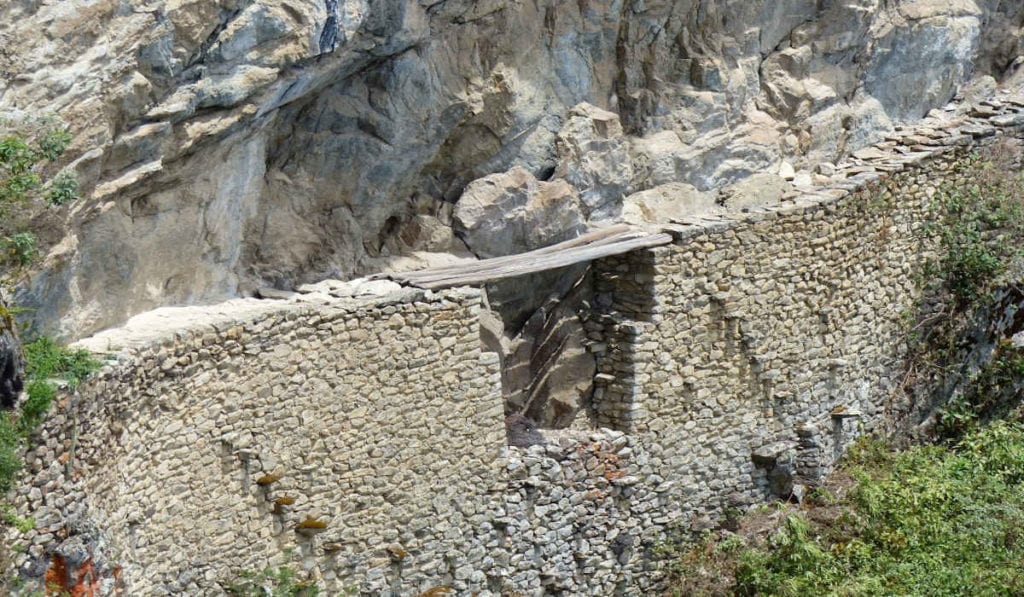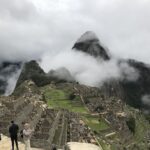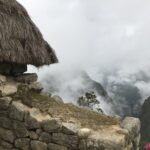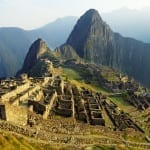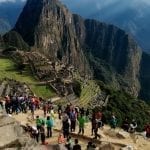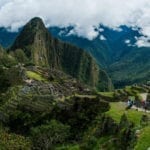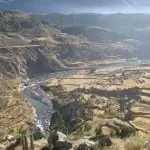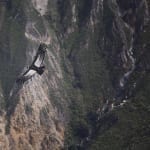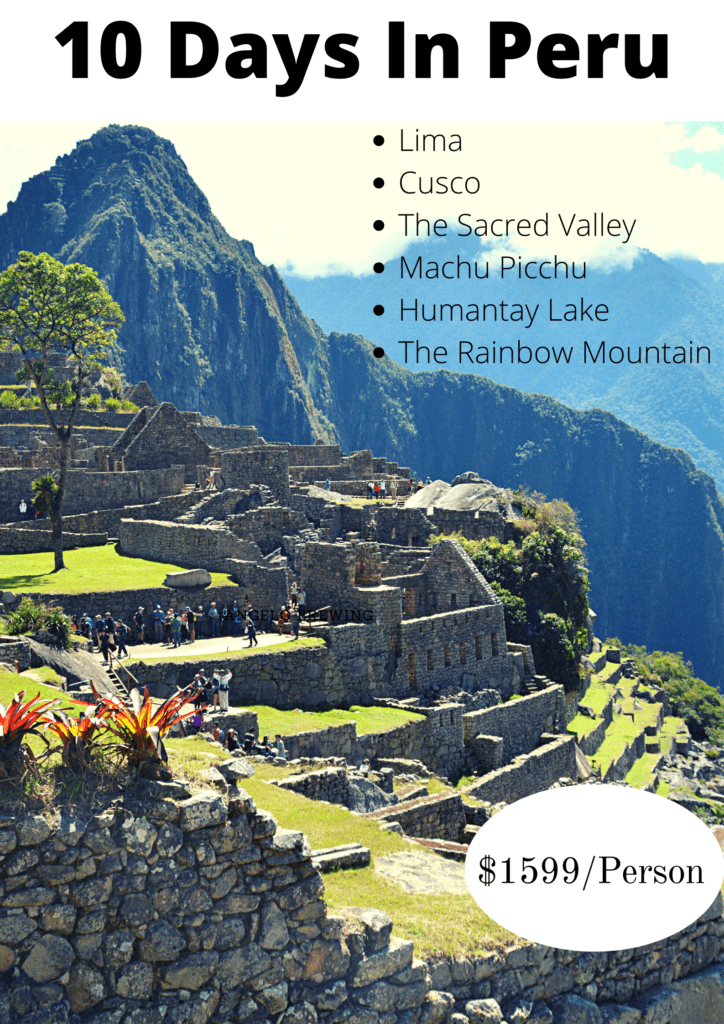The Inca Bridge in Machu Picchu
James Bustamante is Native to New York but born to Peruvian parents. He has been traveling throughout Latin America since early 2003 and finally made his home in Peru. James has made his way by eating and traveling through almost every country in Central and South America.
Last Updated on March 29, 2021 by James Bustamante
During your trip to Machu Picchu, you will hear about the possibility to tour through the Inca bridge. This is actually a direct reference to not one but two different Inca bridges giving access to the stone city. During the Machu Picchu hike, you actually have the option to visit the bridge, since it is an actual separate trek altogether. Just one of these two bridges was built by the Inca though. Let’s go over the Inca bridge in Machu Picchu.
The Inca Bridge
This Inca Bridge is usually referred to as the “Inca log bridge: and is particularly interesting since it will have you looking down a 1,900 foot (579 meters) drop. The route to reach the bridge is a stone path that leads to a cliff that the Inca have carved into.
Once you reach the ends there will be a large gap that measures around 20 feet (6 meters) in length which in turn is connected by two tree trunks. So, most of the Inca architectural work in this particular site is the path itself and not so much the “bridge”.
The path is a rather impressive example of Inca engineering. You can find it near the west end of the Machu Picchu citadel. The Inca bridge was elaborated on is a stone base that was carved out by the Inca, this connects to a couple of massive boulders that include the two tree trunks mentioned above. Without the use of the two tree trunks this path would be completely inaccessible to anyone.
Location of The Inca Bridge
To reach the Inca bridge at the Machu Picchu sanctuary head towards the marked “west” path from the security hut for about 20 minutes. Since you are heading towards a marked area where there is a deep drop you will first need to register so the security personal knows you will visit the bridge.
It is best to visit this Inca construction is very early, even before your Machu Picchu guided tour since there are schedules where you are permitted to head in that direction. Once you visit the bridge and return to the main tourist area in Machu Picchu, you can move ahead with the guided tour.
The Path to The Inca Bridge
The road towards the bridge will take you through some lush vegetation where you will be able to take very nice pictures of the area’s natural beauty. This part of Peru is known as the cloud forest, where you will find species of flora and fauna only viewable in this part of the world.
Once you come near the bridge remember that it is not meant for visitors to cross. The idea of visiting the bridge in Machu Picchu is for travelers to see the views from this point in the Sanctuary. You will also be able to see the paths the Inca took to get here since they are profiled on the side of the mountain.
Description of The Inca Bridge
Out of all the Inca constructions, these bridges are by far the simplest when it comes to visual representation. They basically laid two tree trunks next to each other and tied them together with other wooden pieces, ropes, leather, and even straw to gill in the gaps.
Due to the geography of the region, the Inca would build bridges out of necessity and quite often as well. Once you walk through these highland landscapes and overlook large drops from the cliffs you understand how important bridge-building must have been to this native culture.
The Inca Rope Bridge
There is another bridge known as the Inca rope bridge that leads out of the Machu Picchu sanctuary site. This Inca rope bridge would cross the Urubamba River to the Southeast of Cusco. The Inca made this bridge with very rudimentary materials such as wood and dry grass. At this time this Inca rope bridge no longer exists.
The Q’eswachaka bridge
There is another Inca Rope bridge that is possible to visit while you are on a trip to Peru. This one is called the Q’eswachaka bridge. Q’eswachaka is actually in the language of the Inca called Quechua and it literally means “rope bridge” which is thought of as the last Inca rope bridge that is left standing. This bridge crosses the Apurimac river in the province of Canas in Peru.
The Q’eswachaka bridge was handwoven with dry grass and hangs 120 feet (36.5 meters) above the Apurimac River. To properly maintain this bridge the locals will rebuild it every 2 years as part of an effort to maintain a connection to the tribes that once lived here.
During the month of June, a group of local men and women will get together at Q’eswachaka to celebrate the construction of this bridge. The festivities will take place over the course of 4 days in total and it is really a sight to behold. During the first three days of the celebration, the locals will mostly focus on maintaining and rebuilding the bridge and site.
On the final day of the celebrations, there will be typical food, local dances and visitors will be allowed to cross the now completed bridge. This last day will usually fall on the second Sunday in June of every year.
Conclusion
The Inca were very adept at engineering and architecture when it came to Inca sites such as Machu Picchu. This is obvious thanks to the many other Inca ruins that surround the Inca citadel. Likewise, the Incas were crafty and were able to put together bridges in days to master the local topography. If you are interested in visiting Machu Picchu and the Inca bridges make sure to contact our travel advisers today.
Frequently Asked Questions
What were the Inca bridges made out of?
In many cases, the bridges were made with dry grass, wood, and even wool and leather.
How were Inca suspension bridges made?
Inca suspension bridges were made with local materials such as dry grass, leather, wool, and just about anything the Inca could find to tie the bridge together.


